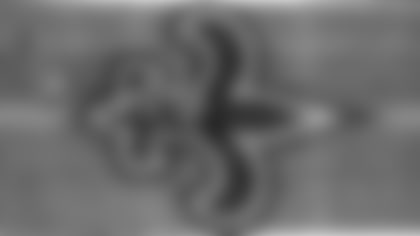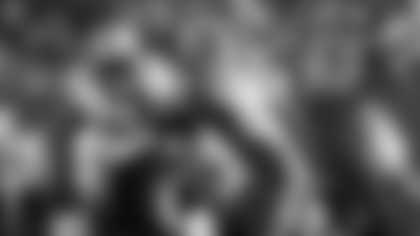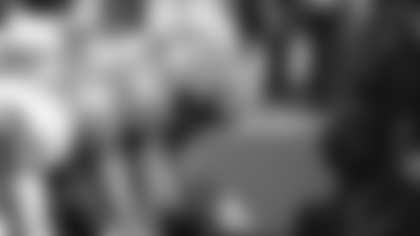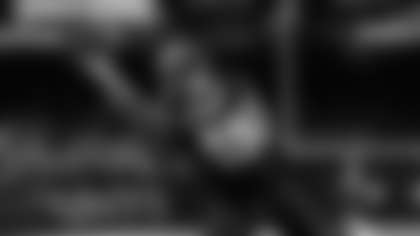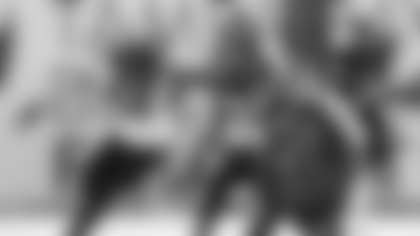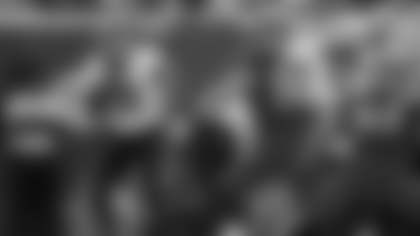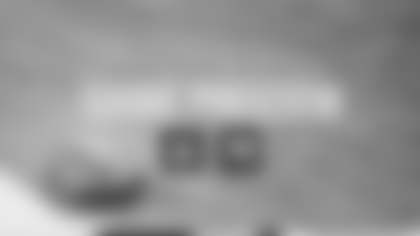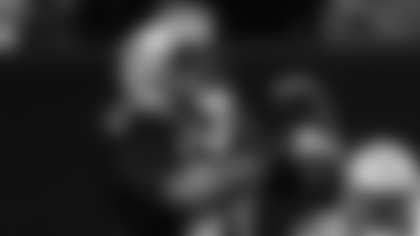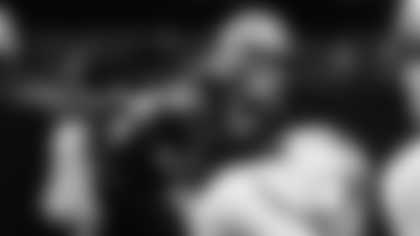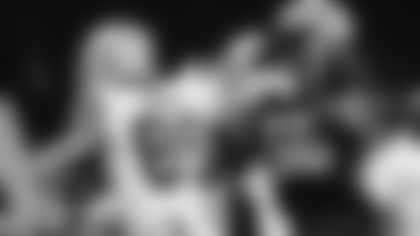"There is a house in New Orleans, they call the Superdome."
With those simple words Billie Joe Armstrong of Green Day kicked off an electric, emotional nine-minute, four-song performance with U2 that set the stage for the most meaningful regular-season game in New Orleans Saints history.
Rebirth, Domecoming, whatever name you want to attach to the return of the Saints to their home, the Mercedes-Benz Superdome, that game on Sept. 25, 2006, nearly a year and a month removed from the horrific damage inflicted on the community by Hurricane Katrina and the failure of the levee system, meant everything to the people of New Orleans.
It meant we were home. It meant we had survived. It meant, in the words of quarterback Drew Brees, we could accomplish anything.
Those accomplishments started on the first series of the game against the Atlanta Falcons on "Monday Night Football" when special teams ace Steve Gleason raced up the middle untouched and blocked Michael Koenen's punt. Curtis DeLoatch picked up the football in the end zone and then delivered an emphatic reverse dunk over the goal post.
Pandemonium ensued in the Dome. ESPN broadcaster Mike Tirico nailed the moment with a "Touchdown New Orleans" call and then the national TV broadcast went silent for 30 seconds to allow everyone to take in the moment, the sound of New Orleanians celebrating their return.
Saints fans and the rest of the country will get to re-live that play, and the rest of the 23-3 Saints victory, at 7 p.m. Monday night as ESPN is re-broadcasting it as part of its Classics series, an attempt to fill the sports void caused by the ongoing coronavirus pandemic.
The team is encouraging its fans to wear Black and Gold on Monday and players from that game will be sharing their insights on social media. The ESPN broadcast is just going to be of the game, not the moving musical performance that set the stage for Gleason's heroics. To learn more about that, please watch our 2016 documentary, “The Saints Are Coming,” originally released on the 10-year anniversary of the game. A primary focus of the nearly hour-long program is how the musical performances came together and resonated with fans, especially the song "The Saints Are Coming," which has evolved into almost an anthem for fans. Connecting two of New Orleans' great passions – music and football – was a masterstroke by the Saints, the NFL and ESPN.
Edge, lead guitarist of U2 and one of the driving forces of the pregame performances, explained in 2016 why the music and the game remain so connected.
"You know, as a musician and songwriter, I work to try and find those magic moments in music that connect with people emotionally. … Of the forms it seems to me that it's like it is hardwired into our brain in a very deep and sort of fundamental way. A bit like smell. You know, it just triggers feelings and memories and emotions that go beyond this sort of conscious mind. You know, I think the deep symbolism of the event and the song all get intertwined. I think history and sentiment and intention and the things that had to be overcome and the great promise of the future, all fused together in a sound and that's what's so amazing about music. To condense it into a sound, it makes it powerful and transportable and transcends physical borders or physical divisions."
We all will get to re-live that transcendent moment Monday night, a temporary reprieve from this difficult crisis. Following Katrina, all anyone wanted to do was get home. During this pandemic all we can do is stay home. So even though games are on hold, JazzFest has been postponed and gatherings with friends are considered almost criminal behavior, one thing we can all do is come together Monday night and celebrate the rebirth of our team, our city, our Dome, our home. While we may be separated physically, watching the broadcast is an opportunity to connect emotionally over our twin passions, Saints football and music.
The Saints Are Coming. Don't miss it.
Doug Tatum is the vice president of digital media for the New Orleans Saints and Pelicans, joining the organizations in 2013 following a 20-year career in journalism. He will be writing a weekly column on the intersection of sports and the coronavirus pandemic.



